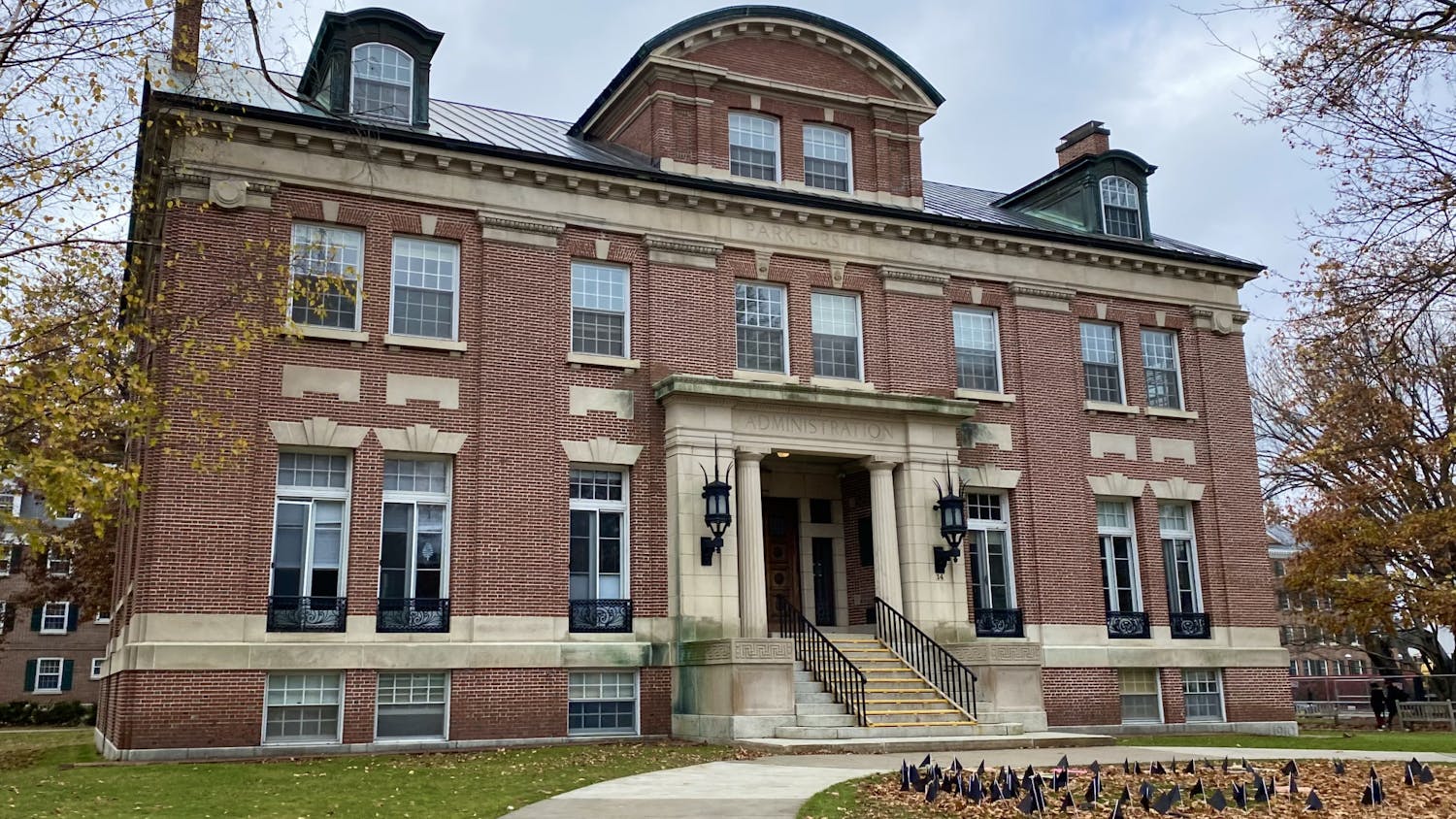Women’s suffrage accomplished far more than simply giving women the right to vote, according to a new working paper.
In “Who Benefitted From Women’s Suffrage?” published in August, three economists — the College’s Na’ama Shenhav, Bucknell University’s Esra Kose and Southern Methodist University’s Elira Kuka — found that economically disadvantaged children benefited significantly after women gained the right to vote.
The researchers found that women’s suffrage increased children’s “educational attainment,” which includes how long they stayed in school and their literacy levels, as well as their future incomes. Specifically, black people and Southern white people born around the time women gained the right to vote considered the least advantaged groups of that era by the researchers benefited the most from the ratification of the Nineteenth Amendment.
By digitizing records of “city-level school enrollment” and school-spending data, the researchers determined that black students gained almost a year of education, while white students increased their schooling by only 0.10 years. However, white children in the South saw an increase of 0.96 years in school.
Shenhav said that inspiration for the study came from recent findings that women in developing nations are more likely than men to focus spending on children.
“This study was inspired by this growing literature — that’s primarily in developing countries — that shows that giving more power to women [and] giving more money to women tends to increase investments to kids in the household,” Shenhav said. “For example, in India, we see that when you elect female politicians, you increase education outcomes for kids. The question was [whether] this appl[ies] to a developed country, specifically the United States.”
Her research supported that economically underprivileged children’s greater access to education in the United States was largely a result of greater school-focused spending after women gained the right to vote, especially in “lower-educated, more racially-diverse cities.”
Lauren Bishop ’19, who conducted an independent research project on early suffragette actions in World War I, agreed that women’s newfound political power led to changes in policy more oriented toward women’s spending preferences.
“Being able to vote really increased the civic engagement of women in society,” Bishop said. “Before the suffrage movement, you had a lot of women very passionate in politics and not being able to get involved. With the opening of suffrage for women across the United States and parts of Europe as well, you have a great push to get involved.”
Other major advancements during the period, including the settlement house movement that was spearheaded by Jane Adams in Chicago, also contributed to disadvantaged children’s increased schooling, according to history professor Annelise Orleck, who was not involved in the research.
“Women who worked in the settlement houses recognized that a lot of kids in poor immigrant communities in this country were going to work rather than school because they had to support their families,” Orleck said. “There was a real push, a collaboration, I’d say, between middle-class women, the first-generation of college-educated women … and working-class women who became involved in the suffrage movement in its last years.”
Shenhav and her team’s study showed that certain groups of children’s eventual incomes increased in light of women’s newfound political empowerment as well. Southern white students saw their salaries grow by 34 percent, while blacks experienced an insignificant change. The discrepancy in income between the two economically underprivileged groups could be due to “lower returns to skill in the labor market or were exposed to lower quality of education, particularly in the segregated South,” the researchers wrote.
The economists concluded that women exercised their voting powers to invest in certain demographic-targeted policies on which men had not previously focused their attention.
“It was really interesting to find that we see larger increases in education in areas that were more disadvantaged and more diverse,” Shenhav said. “I think [this finding] is really different than what people have found in other contexts. It says that women’s voting is unique, and those preferences for redistribution or spending on education are perhaps stronger than some of the other forces that might be at play.”
Women continue to enact change in significant ways today, Orleck said. From the #MeToo movement, to Chicago hotel workers’ “Hands Off Pants On” law that mandates zero tolerance for harassment and assault, to McDonald’s workers’ nationwide strikes protesting sexual harassment, Orleck said that women have been crucial for addressing many issues and policies in today’s society.
“There have been studies in the last few years that have shown that one of the best anti-poverty strategies is actually cash in the hands of mothers because they tend to spend it on food and education and shelter for their children above anything else,” Orleck said. “That’s not a generalization — that’s a fact, and it’s just another area in which women and mothers are affecting public policy in profound ways.”
Maria is a freshman from Oak Brook, IL. Maria plans to major in Cognitive Science and minor in Computer Science, and she joined The D because she wants to bring attention to current events on campus. In her free time, she enjoys golfing, learning about new cultures, and playing with her two puppies.



